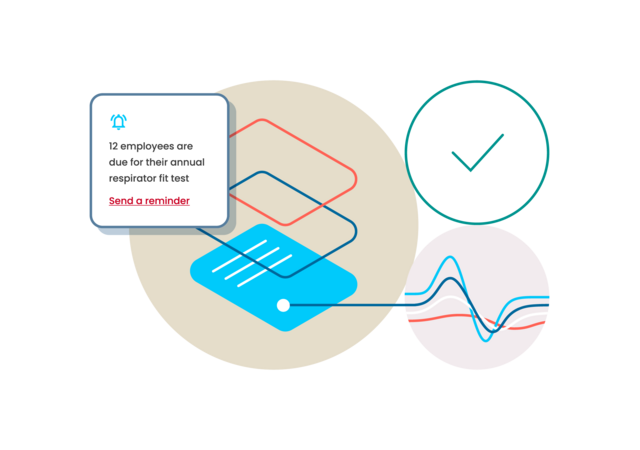Recent enforcement data from the Occupational Safety and Health Administration (OSHA) has prompted the release of new and expanded directives for powered industrial trucks (PITs), including low-speed and utility vehicles like golf carts, electric trucks used to transport personnel, and all-terrain vehicles (ATVs) used for grounds crews. These updates currently impact Colorado, Montana, North Dakota and South Dakota — all in OSHA Region 8, with similar efforts in New England, the Southeast, the Northwest and the Central Midwest. While these types of vehicles may not have been under this level of scrutiny before, companies can now expect strict enforcement.
OSHA directives are necessary because severe accidents involving low-speed and utility vehicles have become far too common. These vehicles have a steering wheel and familiar controls, but they do not have airbags or other features that protect the driver and passengers. They are frequently used in busy workplaces with a lot of foot traffic and can be difficult to see or hear. In addition, these types of vehicles are often operated by workers who need more extensive training and experience. Failure to respect the need for proper education and maintenance can result in serious OSHA violations and, more importantly, severe injuries and death.
New directives present an excellent opportunity to review your company’s safety policies and ensure they align with the latest requirements. Employers must establish clear rules and procedures for vehicle operation and provide workers with adequate training and instruction.
Increased checks targeting the dangerous operation of a wide range of low-speed and wheeled utility vehicles that are frequently used in construction projects, factories, warehouses, building supply stores, airports, marinas, hotels, hospitals, malls, theme parks, transportation depots, and other locations are to be expected.
Inspectors can check on more than 20 types of small vehicles, including pallet trucks, all-terrain vehicles and courtesy carts used to transport workers and guests. Most workplace inspections, other than construction, will be randomly selected from a list of covered worksites based on complaints or referrals from other government agencies.
OSHA has emphasized that the new guidance is not optional and that employers who fail to comply with the latest requirements may face steep penalties. By enforcing clear rules for employers and workers alike, the hope is to create a safer and more productive work environment for everyone. We encourage you to review your business’s safety policies and OSHA's new directives to be sure that your workplace follows the latest safety standards and best practices.
UL Solutions provides comprehensive environmental, health and safety (EHS) training, including PIT, forklift, warehouse and conveyor courses produced by leading industry experts. Our extensive catalog of EHS online safety training courses offers a wide range of options for organizations seeking an effective way to prioritize employee safety and stay compliant with the latest laws and regulations.
We're committed to helping companies deliver proper employee training and education to prevent accidents and injuries from occurring in the first place. Don't wait until it's too late — let UL Solutions be your partner in promoting workplace safety.
Get connected with our sales team
Thanks for your interest in our products and services. Let's collect some information so we can connect you with the right person.




